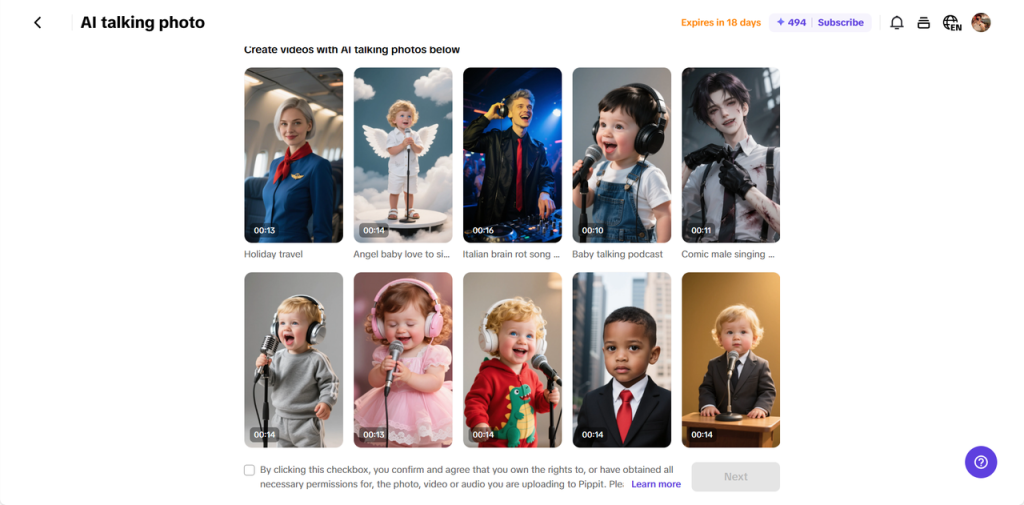
Your commercial images are flawless, the voiceover is fluid, and the tone is spot-on. However, what if your call to action (CTA) is poorly translated into another language? You just constructed a beautiful billboard, but in the wrong city.
Step in Pippit, the tool that assists you in producing global-ready ad videos within minutes. Its AI photo to video tool allows you to turn static images into scroll-stopping content—and what’s more, you can also refine your CTA messages across languages before your ad even goes live.
Let’s discuss how CTAs act differently in different cultures, and how you can master the subtle art of getting people to click, buy, or swipe—without sacrificing meaning or momentum.
Why ‘buy now’ sounds pushy in Paris
The most challenging aspect of multilingual CTAs? They’re not merely about language—they’re about tone, context, and culture.
In the English-speaking world, particularly in the U.S., urgency and straight-shooting score. Phrases like:
- ‘Act fast’
- ‘Shop now’
- ‘Limited time offer’
…are conversion gold.
But go international and things speed up. In Japan, gentle urgings such as ‘Feel free to look around’ or ‘Take a look around’ sound more polite and credible. In Germany, a call-to-action such as ‘Jetzt kaufen’ (Buy now) may be effective, but only after exhaustive product information—they like well-informed decisions.
In Latin America? Warmth and hospitality increase performance. Something such as ‘¡Descúbrelo ahora!’ (‘Discover it now!’) sounds inviting, not dictatorial.
So no, you can’t simply translate your English ads into Google Translate. But you can evolve with a bit of strategy—and the right tools.
CTA psychology: Urgency, trust, and the right type of pressure
When it comes to CTAs, people are influenced by emotional signals—but which ones vary depending on who (and where) they are.
Here’s what changes when you transition across cultures:
Urgency becomes a spectrum
Some consumers enjoy the excitement of ‘Limited time only!’ Others enjoy ‘Available for a little while’ or even none at all. The tone needs to fit local purchasing habits.
Power words lose or gain punch
Terms such as ‘free,’ ‘instant,’ or ‘guaranteed’ may be convincing in English but come across as gimmicky in more cynical cultures. Sanity-check emotional words in each language always.
Expectations are altered by formality
We are accustomed to informal CTAs in English, such as ‘Let’s go!’ That informal tone could come across as childish in Germany or Korea. Credibility can be increased with a more formal phrase.
Before making a commitment, would you like to briefly test the CTA phrasing in a different language? See how it reads and flows aloud by using a free online video language translator. You can save yourself a few uncomfortable clicks and avoid embarrassing translations with this easy hack.
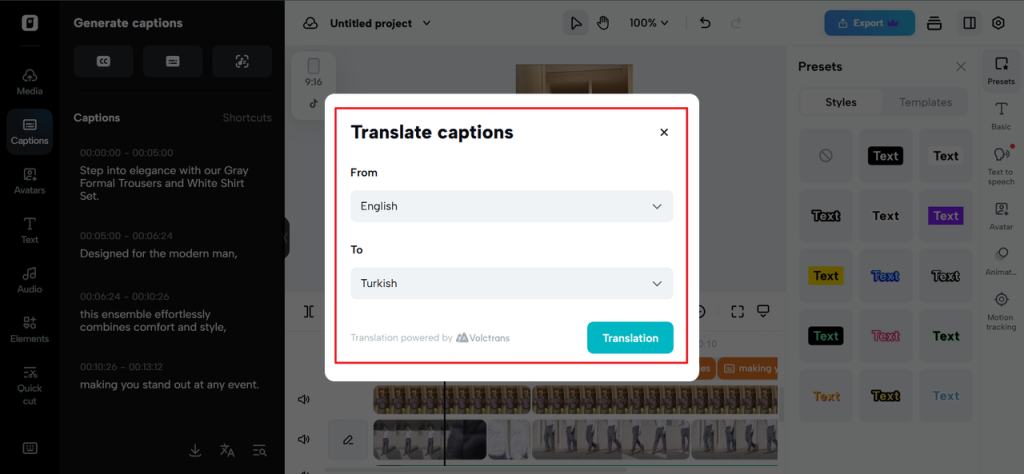
Location, location… CTA location
Where you put your CTA in the ad can alter how it is received. Western users, with their expectations of directness, tend to perform well with a bold CTA at the beginning or twice throughout the video—mid-point, then end. Other cultures, however, like a linear progression: story first, CTA last.
Here are some golden rules:
- Avoid hiding the call to action behind a lot of images or a languid pace.
- If the tone is punchy rather than aggressive, don’t start with it.
- Before directing action, always provide context.
Keep in mind that a strategically positioned call to action feels more like the logical next step than an aggressive interruption.
Visuals speak louder when words don’t translate
Sometimes, the most effective way to get a CTA is with fewer words. Rely on visual storytelling where humor, tone, or idioms are likely to get lost in translation. A smile, a demonstration of the product, a reaction from the customer—those convey more than a block of text in any language.
Employ visual prompts to reinforce the CTA:
- Arrows, animations, or pointing toward a ‘click’ region
- Fan-tastic color contrast (that’s still culturally relevant)
- Zooms, motion blur, or countdown timers for urgency
You may even spruce up or refine elements with an image enhancer online if your original assets are too static or raw. Global audiences demand crisp content.
Let’s build it: Multilingual CTA magic with Pippit
Now that you know the secret to a CTA that works in any culture, it’s time to build your ad for real. That’s where Pippit’s ad maker comes in—your creative canvas for creating customized, platform-ready, multilingual content without having to hire a team per language.
Here’s how to do it:
CTA world tour: Using Pippit to create ads that translate
Prepare to write an advertisement that sounds as good in Italian as it does in English. You can create an advertisement with CTAs that convert internationally with only a few fast clicks.
Step 1: Go to the section titled ‘video generator.’
Begin on Pippit’s home page and go to the ‘Video generator.’ Enter your product link, or upload your own video footage if you already have content prepared. You can utilize the ad maker to personalize everything—from script to voice to AI avatars that fit your audience vibe.
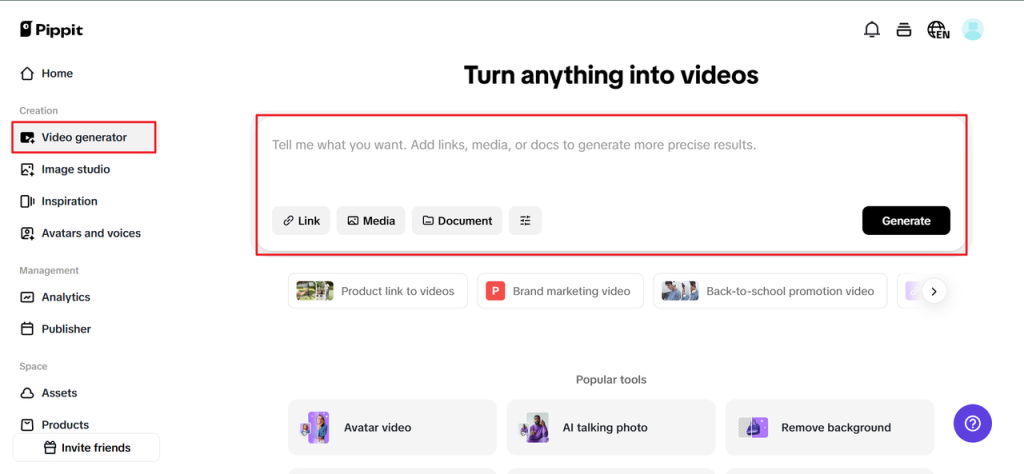
Step 2: Enhance your video with AI tools
Use the video editor to refine your ad with features such as ‘Auto reframe,’ ‘Overlay,’ ‘Retouch,’ or ‘Remove background.’ These intelligent tools make your CTA pop in localized versions, too, and guarantee your images conform to local platform standards.
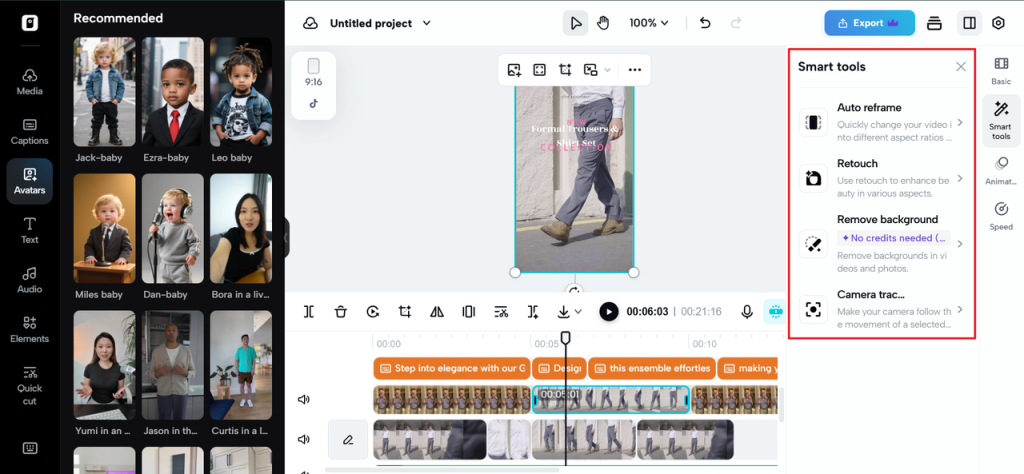
Step 3: Preview and export your video
Press the preview button to see your multilingual masterpiece. Finish with final adjustments, CTA placement, and once satisfied, click ‘Export.’ Your ad is now available to share with the world—or to download and post manually on any market-specific channel.
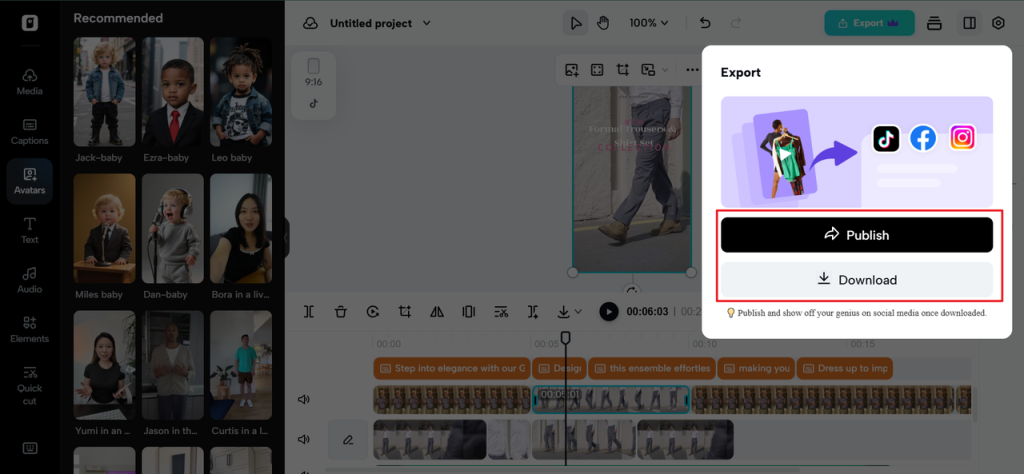
Final CTA (see what we did there?)
Your CTA should be given as much attention as your product. It’s more than a button—it’s the instant when someone says yes, this is for me. If it’s done correctly, that small sentence at the end of your video has great power of persuasion, whatever language it is in.
Pippit allows you to create conversions in addition to videos. It is a one-stop ad-making magic kit, complete with AI photo to video, cultural finesse, voice, and script customization.
